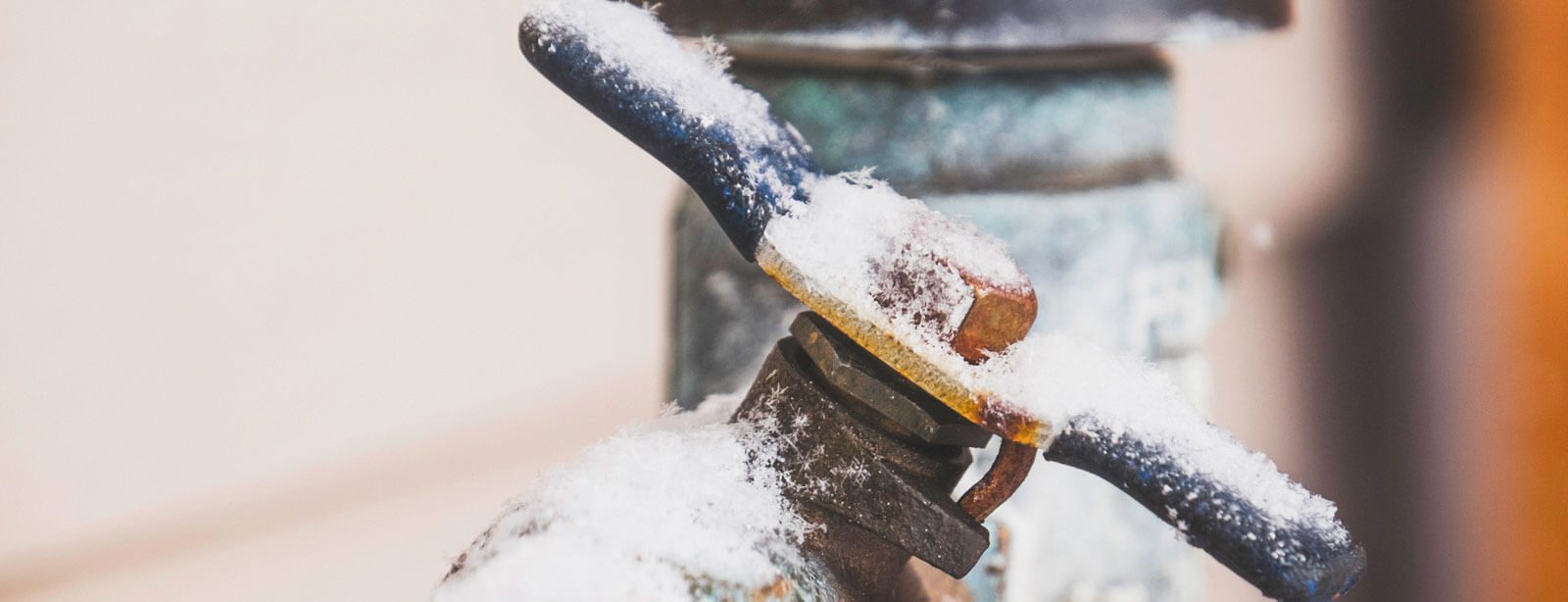Shielding Pipes from Freezing Damage: Essential Approaches
Shielding Pipes from Freezing Damage: Essential Approaches
Blog Article
This post following next about 6 Ways to Prevent Frozen Pipes is especially remarkable. Read it for your own benefit and decide what you think about it.

Winter can damage your plumbing, particularly by freezing pipelines. Right here's how to stop it from taking place and what to do if it does.
Introduction
As temperatures decline, the threat of frozen pipelines increases, possibly causing costly fixings and water damage. Comprehending how to stop icy pipelines is important for home owners in chilly environments.
Understanding Frozen Pipes
What triggers pipelines to ice up?
Pipelines freeze when subjected to temperatures below 32 ° F (0 ° C) for extended periods. As water inside the pipes freezes, it broadens, taxing the pipe wall surfaces and potentially causing them to rupture.
Threats and problems
Icy pipes can lead to water system disruptions, residential or commercial property damages, and pricey repair services. Ruptured pipelines can flood homes and create comprehensive architectural damages.
Indications of Frozen Piping
Identifying icy pipes early can prevent them from bursting.
How to determine frozen pipes
Search for reduced water flow from taps, uncommon smells or noises from pipes, and visible frost on exposed pipelines.
Prevention Tips
Shielding susceptible pipes
Wrap pipes in insulation sleeves or make use of warmth tape to secure them from freezing temperatures. Focus on pipelines in unheated or outside areas of the home.
Heating techniques
Maintain interior spaces adequately heated up, specifically locations with plumbing. Open cupboard doors to enable cozy air to circulate around pipes under sinks.
Protecting Exterior Plumbing
Garden tubes and exterior faucets
Separate and drain garden pipes prior to winter season. Set up frost-proof spigots or cover outside faucets with insulated caps.
What to Do If Your Pipes Freeze
Immediate activities to take
If you presume frozen pipes, maintain taps open up to ease stress as the ice thaws. Utilize a hairdryer or towels soaked in warm water to thaw pipes slowly.
Long-Term Solutions
Structural modifications
Think about rerouting pipes far from outside walls or unheated locations. Include additional insulation to attics, basements, and crawl spaces.
Updating insulation
Purchase top notch insulation for pipelines, attics, and walls. Proper insulation aids keep regular temperature levels and decreases the risk of frozen pipes.
Conclusion
Preventing frozen pipelines calls for aggressive measures and quick responses. By comprehending the causes, indicators, and preventive measures, house owners can shield their pipes throughout winter.
5 Ways to Prevent Frozen Pipes
Drain Outdoor Faucets and Disconnect Hoses
First, close the shut-off valve that controls the flow of water in the pipe to your outdoor faucet. Then, head outside to disconnect and drain your hose and open the outdoor faucet to allow the water to completely drain out of the line. Turn off the faucet when done. Finally, head back to the shut-off valve and drain the remaining water inside the pipe into a bucket or container. Additionally, if you have a home irrigation system, you should consider hiring an expert to clear the system of water each year.
Insulate Pipes
One of the best and most cost-effective methods for preventing frozen water pipes is to wrap your pipes with insulation. This is especially important for areas in your home that aren’t exposed to heat, such as an attic. We suggest using foam sleeves, which can typically be found at your local hardware store.
Keep Heat Running at 65
Your pipes are located inside your walls, and the temperature there is much colder than the rest of the house. To prevent your pipes from freezing, The Insurance Information Institute suggests that you keep your home heated to at least 65 degrees, even when traveling. You may want to invest in smart devices that can keep an eye on the temperature in your home while you’re away.
Leave Water Dripping
Moving water — even a small trickle — can prevent ice from forming inside your pipes. When freezing temps are imminent, start a drip of water from all faucets that serve exposed pipes. Leaving a few faucets running will also help relieve pressure inside the pipes and help prevent a rupture if the water inside freezes.
Open Cupboard Doors
Warm your kitchen and bathroom pipes by opening cupboards and vanities. You should also leave your interior doors ajar to help warm air circulate evenly throughout your home.

As a passionate person who reads about Preventing and dealing with frozen pipes, I was thinking sharing that article post was beneficial. Remember to take a moment to share this blog posting if you enjoyed it. I appreciate reading our article about How to Prevent Your Pipes From Freezing.
Call Today Report this page